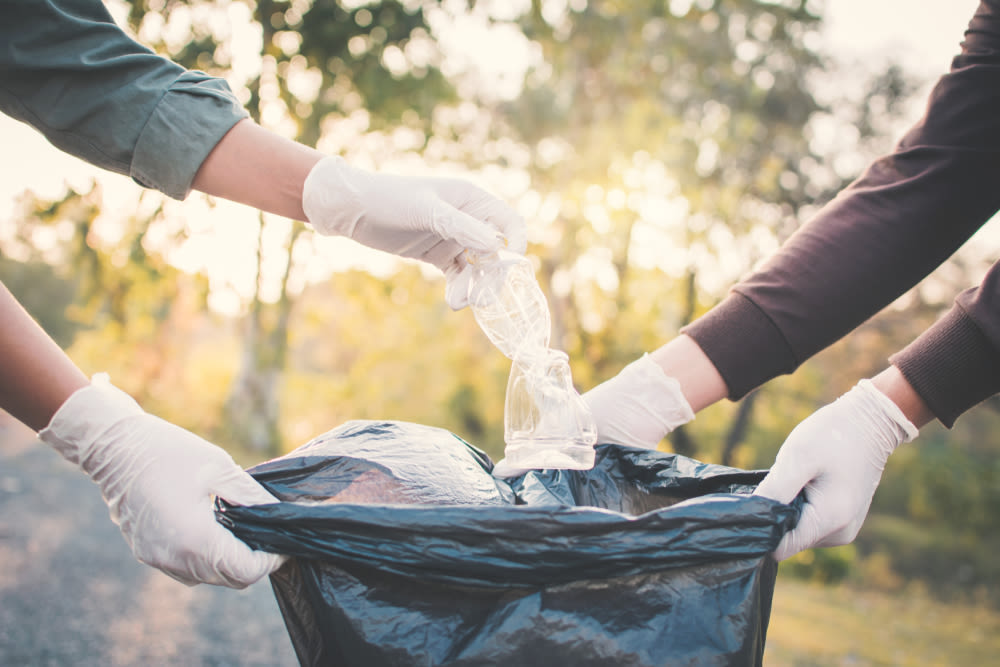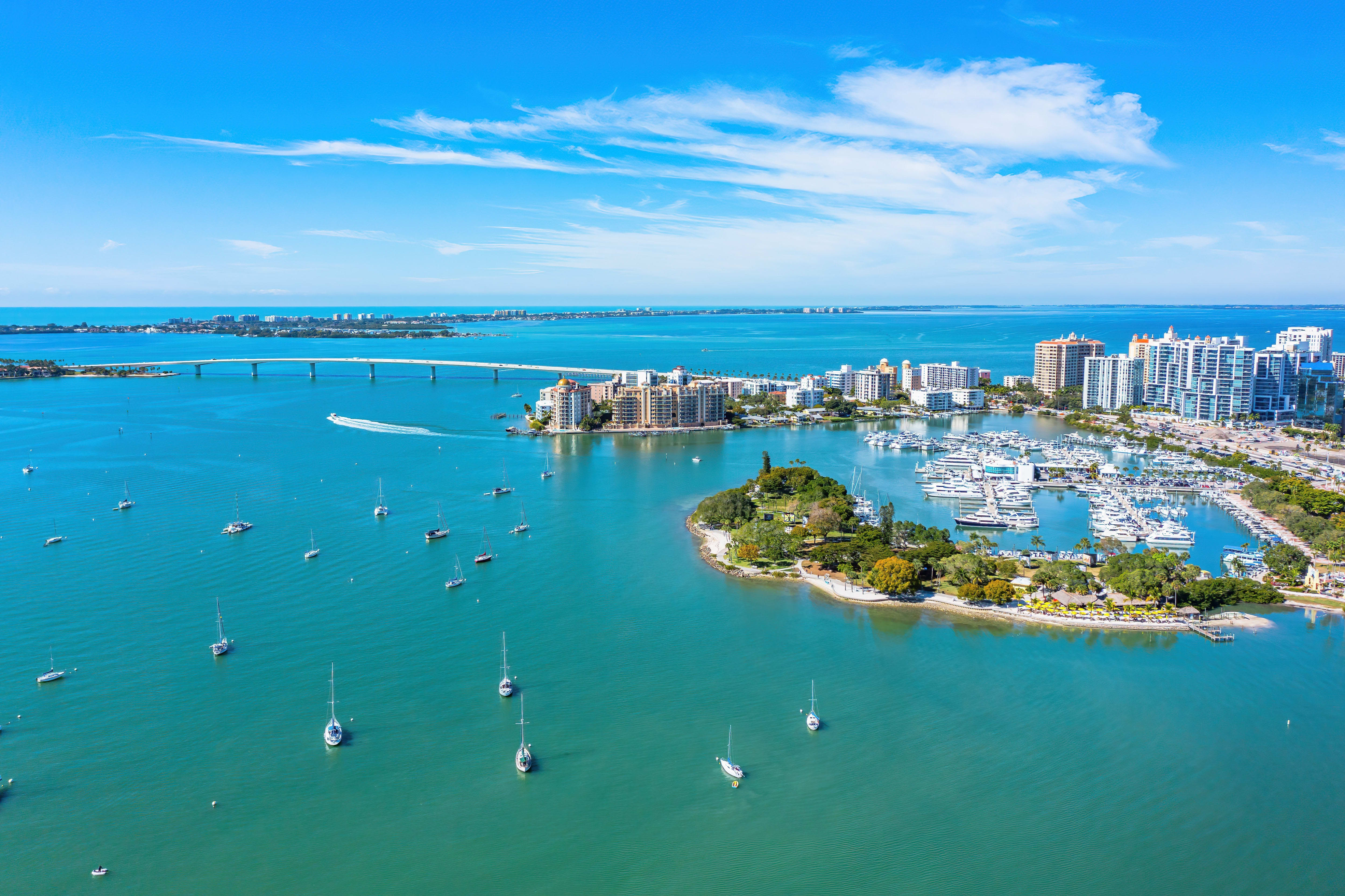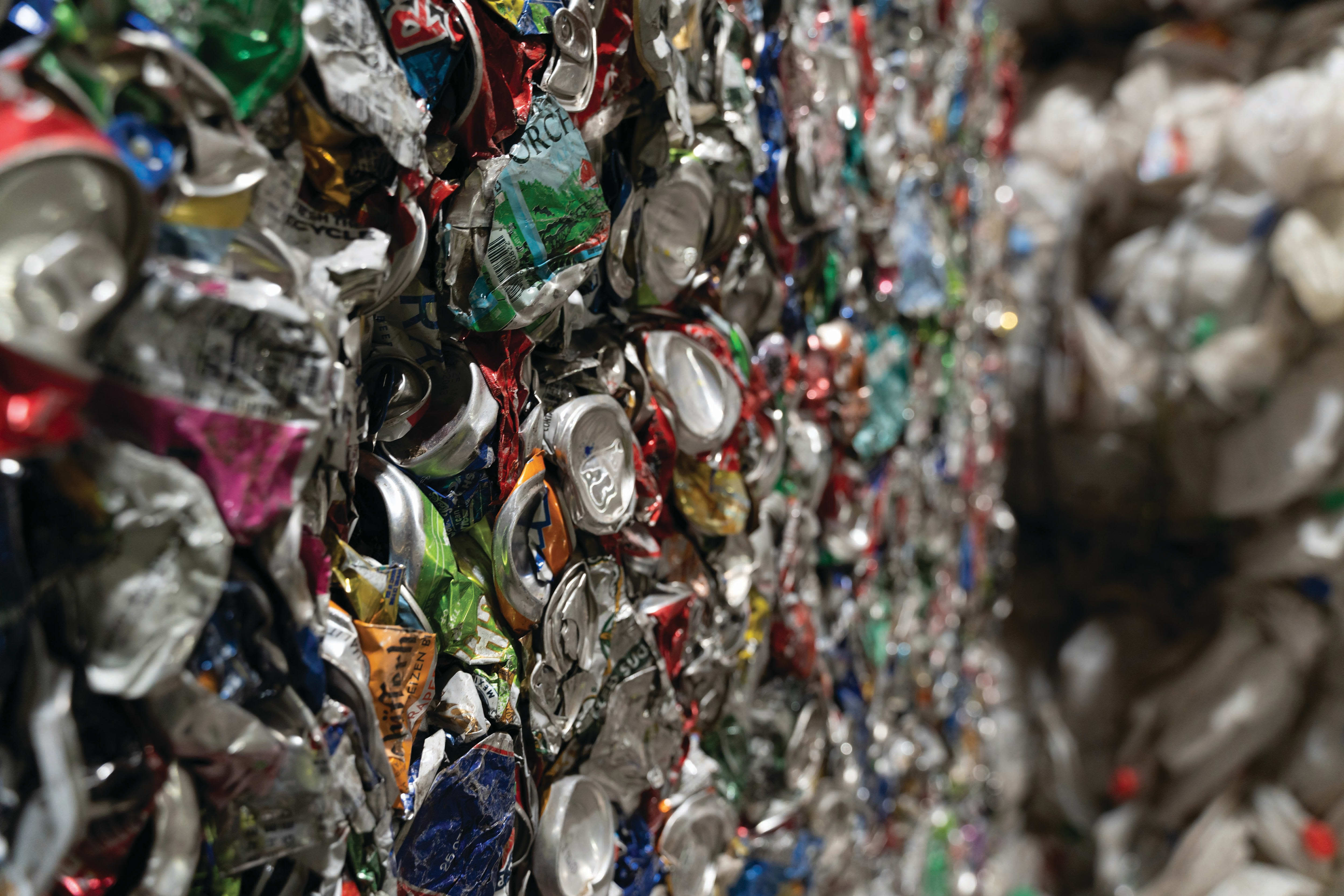How to Cut Back on Plastic Use

Image: Shutterstock
Want to reduce your plastic consumption, but not sure where to start? A new group—Rethinking Plastic Sarasota—wants to help.
Founded by Jana Hoefling and Cat Dillard—who met at a Mosaic protest—Rethinking Plastic Sarasota holds quarterly meetings to educate the public about plastic consumption, reduction and legislation. This weekend, they'll be sharing their knowledge at four local Earth Day events; they're also working on updating their website with useful public information, as well as a guide to local restaurants that have committed to reducing plastic use.
The stats on plastic use are staggering: we use 380 billion plastic bags and wraps in the U.S. annually, and as many 1 trillion are used globally each year, with less than 5 percent of plastic being recycled. Between 5 million and 13 million tons of plastic enter the ocean every year. And as a result, more than 700 species of marine wildlife ingest plastic litter (which includes straws, bottles and rings on packs of soda and beer cans), often with dire consequences; you might remember the case of the olive ridley sea turtle with a straw stuck in its nose, which went viral last year.
But is plastic really that big a problem in Sarasota? Hoefling and Dillard say yes—you just might not notice it.
"The Salvation Army street team—an initiative to help the homeless—keeps an enormous amount of trash and plastic out of our waterways," Hoefling says. "But it's here." And, she adds, necropsies on sea turtle hatchlings that washed ashore here as a result of a storm had plastic in their intestines. "Plastic breaks up, not down, and it looks like what those little guys eat," Hoefling says.
A state preemption law that says Florida cities can't ban plastic bags isn't helping matters, Dillard and Hoefling add. But there are some steps Sarasotans can take to reduce their plastic consumption.
Ditch the "bad five." Those would be polystyrene clamshell containers, disposable cups, lids and plastic straws, plastic bottles, plastic bags and plastic utensils. Both Hoefling and Dillard carry their own bags, silverware and a reusable collapsible cup; you can also bring your own containers to stores with bulk bins, like Lucky's (just make sure you know their tare weight), and your own coffee cup to places like Starbucks. Many retailers even offer small discounts for doing this. Another good tip? Refuse plastic straws when they're offered at restaurants; instead, carry a metal or glass straw, or sip your drink without one. But, Hoefling and Dillard advise, if you're going to start somewhere, start with reducing your use of plastic bags.
Make your voice heard. "A quote that struck me was, 'What difference does one bag make?, said 7 million people,'" Hoefling recalls. "And if we're all saying the same thing, that's 7 million plastic bags saved, or 7 million calls made. We have to go to manufacturers and say, 'Enough with the plastic,' especially for products we like. It takes a movement."
Be Open to Alternatives. "People often ask me, 'What about shampoo and conditioner?' or 'What about laundry soap?,'" Hoefling says. "There are options, you just have to look for them." She and Dillard suggest using spot remover bars instead of formulas in plastic bottles, for example, or shampoo bars instead of bottled hair products.
Aim for an empty recycling bin, not a full one. A zero-waste lifestyle should be the goal, Hoefling and Dillard say. "Rethinking Plastic Sarasota's tagline is actually 'recycling isn't good enough,'" says Dillard. Adds Hoefling, "We've been taught to think that recycling plastic is the answer. That used to be my goal—like, 'look how good I am! I'm recycling!' But now my goal is to have an empty recycling bin, without any plastic."



